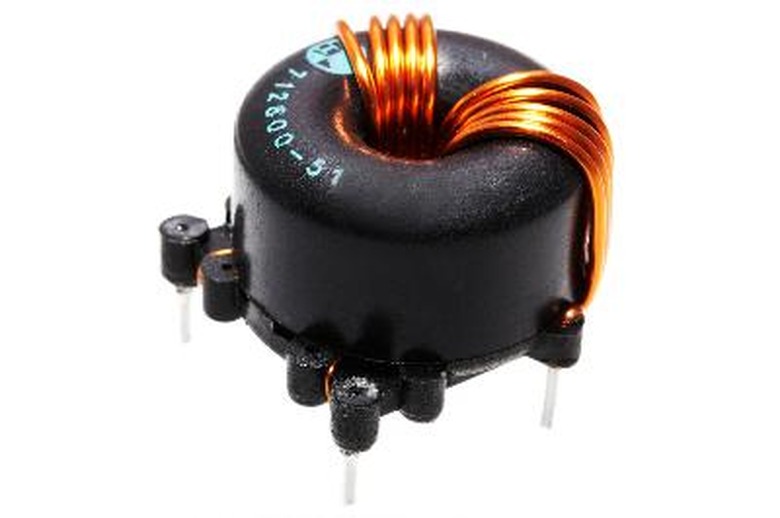Types Of Electromagnets
There are two general types of magnets: permanent magnets and electromagnets. Permanent magnets contain a combination of iron, cobalt and nickel metals, which produce a continuous magnetic field. As a result, these magnets will stick to your fridge anytime. Electromagnets, in contrast, produce a magnetic field through a current of electricity. That magnetic field dissipates when the electricity stops flowing.
Resistive
Resistive
A resistive magnet produces a magnetic field with copper wires. As electricity runs through the wire, the electrons produce a weak magnetic field. Then, if you twist a wire around a piece of metal, say iron, you help concentrate that magnetic field around the iron. The more you twist the wire, the stronger the field.
You can also use stacks of copper plates, usually Bitter plates. Named after their inventor, Francis Bitter, Bitter plates contain holes that allow water to pass through and cool the magnets, which allows the magnets to produce a stronger magnetic field. On the downside, it takes a costly amount of electricity and water to keep these resistive magnets running.
Superconducting
Superconducting
Superconducting electromagnets operate by reducing electrical resistance: While a current runs through a copper plate, atoms in the copper interfere with the electrons in the current. Thus, superconducting magnets use liquid nitrogen or liquid helium to produce very cold temperatures. The cold keeps the copper atoms out of the way, and these electromagnets will keep running even when the power's turned off.
According to Florida State University's Magnet Lab, superconducting electromagnets have vast potential. Scientists, as of 2010, are using them to improve technology for medical imaging and develop levitating trains.
Hybrid
Hybrid
Hybrid electromagnets combine resistive electromagnets with superconducting electromagnets. The design of hybrid electromagnets vary, but the hybrid at Florida State University's Magnet Lab weighs 35 tons, stands over 20 feet tall and contains enough copper wire for 80 average homes. Deionized water, or water without an electrical charge, keeps this hybrid magnet chugging along more than 400 degrees F below freezing point.
The Lawrence Berkeley National Laboratory also develops hybrid electromagnets. In January 2010, scientists there developed a new type of hybrid for molecular research.
Cite This Article
MLA
Michaels, Joel. "Types Of Electromagnets" sciencing.com, https://www.sciencing.com/types-electromagnets-5929393/. 24 April 2017.
APA
Michaels, Joel. (2017, April 24). Types Of Electromagnets. sciencing.com. Retrieved from https://www.sciencing.com/types-electromagnets-5929393/
Chicago
Michaels, Joel. Types Of Electromagnets last modified March 24, 2022. https://www.sciencing.com/types-electromagnets-5929393/
